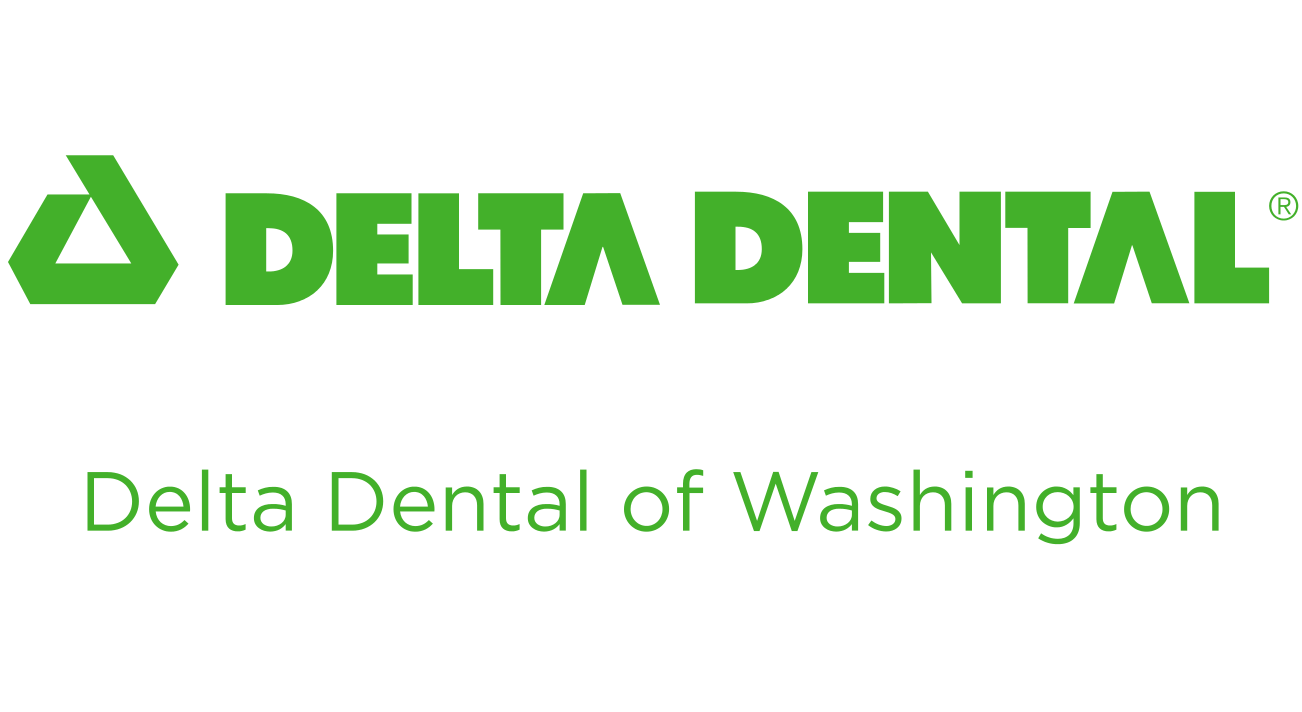Maybe you are a new college graduate figuring out how to buy dental insurance on your own for the first time. Or maybe you lost employer coverage and need to purchase dental insurance for your whole family. Whatever your circumstances, buying dental insurance seems daunting at first, but it doesn’t have to be.
These days, it is relatively easy for individuals and families to buy affordable dental insurance on the private market. Most dental insurance companies — including Delta Dental — offer several plan options for individuals and families.
Here are a few things to consider when you buy dental insurance.
Dental Insurance Math Part One
Monthly Premiums and Deductibles
For most people, buying dental insurance is a wise investment. After all, fitting a fixed monthly premium into your budget is much easier than scrambling for cash when your uninsured self gets stuck with a hefty bill from unexpected dental work. But as with most investments, it helps if you understand the math.
Monthly Premiums
When you buy dental insurance, you agree to pay your insurance carrier a monthly fee. This is called a monthly premium, and it works the same as your monthly premiums for health insurance. Premiums vary by plan, but in general, purchasing dental insurance with a higher monthly premium means you pay less out-of-pocket costs to your dentist. With a lower monthly premium, you pay more out-of-pocket for dental services.
Deductibles
As with healthcare plans, some dental plans have deductibles. Like a buy-in at a poker game, the deductible is what you pay before your dental benefits kick in. For individual and family plans through Delta Dental, deductibles range between $0-$100. Some plans have an annual deductible, while others have a lifetime deductible, meaning once you buy that health insurance plan, you pay the deductible only once for as long as you keep the plan.
Need Dental Insurance Right Now?
We offer 5 dental plans with different coverage and monthly premiums.
Dental Insurance Math Part Two
Copays vs. Coinsurance
Part two of this rough math equation involves copays and coinsurance. It’s easy to confuse the two terms, so here are their definitions:
Coinsurance
Coinsurance is a type of cost sharing between you and your dental plan. With some dental plans, your insurance carrier covers only a percentage of the cost for certain services. You pay the rest directly to your dentist. Take this cost into consideration when you buy dental insurance.
Copays
A copay is another type of cost sharing between you and your dental plan. But unlike coinsurance, a copay is a preset amount, not a percentage. For example, if you buy a dental insurance plan with a $15 copay for preventative care, then you pay your dentist a flat fee of $15 when you come in for your cleaning and exam. Regardless of the total cost, your dental carrier pays the remainder of the bill.
Although it’s impossible to predict all of your unexpected dental needs, do a little rough math as you choose a plan. For example, some plans pay 100% of the cost for preventive care like cleanings, x-rays and exams, so in many cases, this defrayed expense alone is worth the cost of your monthly premiums. If you anticipate needing fillings, crowns, or other dental work, look at the coinsurance or copays for these specific services. Either way, when you buy dental insurance, choose a plan that meets your sweet spot between dental needs and budget.
When Buying Dental Insurance
Consider Plan Year and Out-of-Pocket Maximums
Plan year maximums and out-of-pocket maximums are yet another factor to consider when buying dental insurance.
A plan year maximum (also referred to as an annual maximum) is the maximum amount your dental plan pays toward your care during the plan year. The annual maximum doesn’t apply to the total amount your dentist bills — instead, it applies to the share your insurance carrier pays after you pay the deductibles and copays, and also after the carrier negotiates discounted rates with your dentist. Considering all of this, your annual maximum stretches a long way.
An out-of-pocket maximum caps the total amount you pay out-of-pocket for dental services during any one plan year. If you buy dental insurance through Delta Dental, you’ll see this feature on plans we offer through the Washington Health Benefits Exchange.
Consider Treatments and Procedures Covered by Your Dental Insurance
Before you buy a dental insurance plan, make sure it covers what you need. If you have good oral health and don’t expect needing more than cleanings, you may want a “prevention only” plan. If you anticipate needing fillings and crowns, you’ll want a plan that includes those procedures in its coverage.
Am I Covered Right Away After Buying Dental Insurance?
So, can you take care of that nagging toothache immediately after you buy dental insurance? Maybe, maybe not. First, look at the benefit period for the dental insurance you just purchased. The benefit period is the time frame in which you may use your plan to get dental care. Most plans have a year-long benefit period, so keeping tabs is easy.
In some cases, the dental insurance play you purchase might have what’s called a waiting period. The waiting period is the length of time after your plan starts that you need to wait before taking advantage of a specific treatment. Some dental plans have no waiting periods, while others only have waiting periods for certain procedures. If you had other dental coverage before buying your new dental insurance plan, let your insurance carrier know. This might waive your waiting period.
Maximize Coverage by Choosing an In-Network Dentist
And finally, maximize the benefits of that shiny new dental insurance plan by choosing a dentist who participates in your plan’s network. (Delta Dental has the largest network in the nation, by the way. In case you wondered.)
An in-network dentist provides service at a discount, which reduces your out-of-pocket costs. Also, with an in-network dentist, claims paperwork is handled directly between the dentist and your insurance carrier. If you go out of network instead, you might find yourself involved in the tedious claims process. No fun.
Ready to get dental coverage?
View our individual and family dental plans.
This post was last updated Oct. 18, 2019







